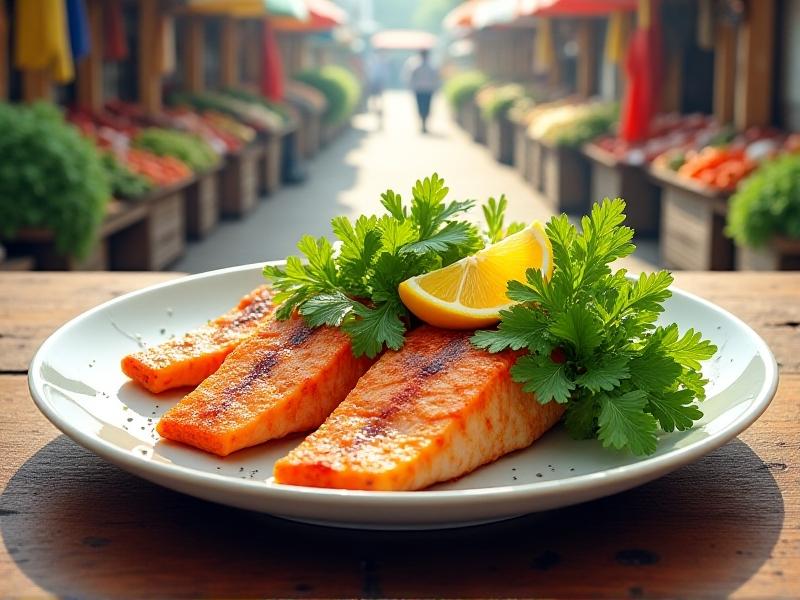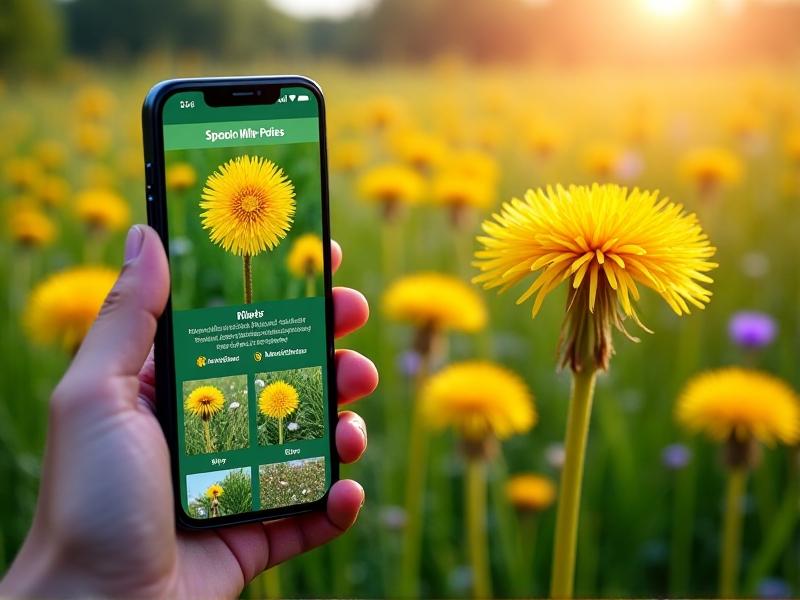Addressing Invasive Species Through Targeted Wild Food Harvesting
The Growing Threat of Invasive Species
Invasive species are non-native organisms that, when introduced to a new environment, can cause significant harm to local ecosystems, economies, and human health. These species often outcompete native flora and fauna, leading to biodiversity loss and ecosystem imbalance. From the rapid spread of kudzu vines in the southeastern United States to the destructive impact of lionfish in the Caribbean, invasive species are a global problem that demands innovative solutions.
Traditional methods of controlling invasive species, such as chemical treatments and mechanical removal, are often costly, labor-intensive, and can have unintended environmental consequences. As a result, there is growing interest in alternative strategies that not only address the problem but also provide additional benefits. One such approach is targeted wild food harvesting, which involves harvesting invasive species for human consumption. This method not only helps control their populations but also turns a problem into a resource.

What is Targeted Wild Food Harvesting?
Targeted wild food harvesting is the practice of selectively harvesting invasive species for use as food. This approach leverages the fact that many invasive species are edible and even nutritious. By incorporating these species into our diets, we can reduce their populations while simultaneously addressing food security and promoting sustainable food systems.
For example, garlic mustard, an invasive plant in North America, can be used in salads, soups, and pesto. Similarly, the Asian carp, which has disrupted aquatic ecosystems in the Mississippi River basin, is a rich source of protein and can be prepared in a variety of dishes. By encouraging the consumption of these species, we can create a market demand that incentivizes their removal from the wild.
This method also fosters a deeper connection between people and their local environments. It encourages individuals to learn about the ecosystems they inhabit and to take an active role in preserving them. Moreover, it highlights the potential for invasive species to contribute to local food systems in a meaningful way.

Benefits of Harvesting Invasive Species for Food
Harvesting invasive species for food offers a range of benefits, both ecological and economic. Ecologically, it helps reduce the populations of invasive species, thereby mitigating their impact on native ecosystems. This can lead to the recovery of native species and the restoration of ecological balance. Additionally, it reduces the need for harmful chemical treatments or destructive mechanical removal methods.
Economically, it can create new opportunities for local communities. For instance, fishermen can earn income by catching and selling invasive fish species, while foragers can sell edible invasive plants to restaurants and markets. This can stimulate local economies and provide a sustainable source of income for those involved.
From a nutritional perspective, many invasive species are highly nutritious. For example, dandelions, often considered weeds, are rich in vitamins A, C, and K, as well as minerals like iron and calcium. By incorporating these species into our diets, we can improve our nutritional intake while also reducing our environmental footprint.

Challenges and Considerations
While targeted wild food harvesting offers many benefits, it is not without its challenges. One major concern is the potential for overharvesting, which could lead to the depletion of certain species before their populations are adequately controlled. It is essential to establish sustainable harvesting practices and regulations to ensure that this method is effective in the long term.
Another challenge is the lack of awareness and acceptance of invasive species as food. Many people are hesitant to consume species that are traditionally viewed as pests or weeds. Education and outreach are crucial to changing these perceptions and encouraging people to try new foods.
Additionally, there are safety considerations to take into account. Some invasive species may contain toxins or pollutants, especially if they are harvested from contaminated environments. It is important to conduct thorough research and testing to ensure that these species are safe for consumption.
Success Stories and Case Studies
There are numerous success stories that demonstrate the potential of targeted wild food harvesting. In the Chesapeake Bay region, efforts to promote the consumption of blue catfish, an invasive species, have led to a significant reduction in their populations. Local restaurants have embraced this species, creating delicious dishes that have become popular among residents and tourists alike.
In Hawaii, the invasive octopus species Octopus cyanea has been incorporated into traditional Hawaiian cuisine, providing a sustainable source of protein while helping to control its population. Similarly, in Italy, the invasive American crayfish has been harvested and used in traditional recipes, turning a problem into a culinary delight.
These examples highlight the potential for targeted wild food harvesting to make a positive impact on both ecosystems and local communities. They also serve as inspiration for other regions facing similar challenges.
How to Get Involved
If you're interested in getting involved in targeted wild food harvesting, there are several steps you can take. Start by researching the invasive species in your area and learning which ones are edible. Many local environmental organizations and foraging groups offer workshops and resources to help you get started.
Next, consider incorporating these species into your diet. Experiment with new recipes and share your experiences with others. By doing so, you can help raise awareness and encourage others to try these sustainable food options.
Finally, advocate for policies and practices that support targeted wild food harvesting. This could include promoting the inclusion of invasive species in local food systems, supporting research on their safety and nutritional value, and encouraging sustainable harvesting practices.







